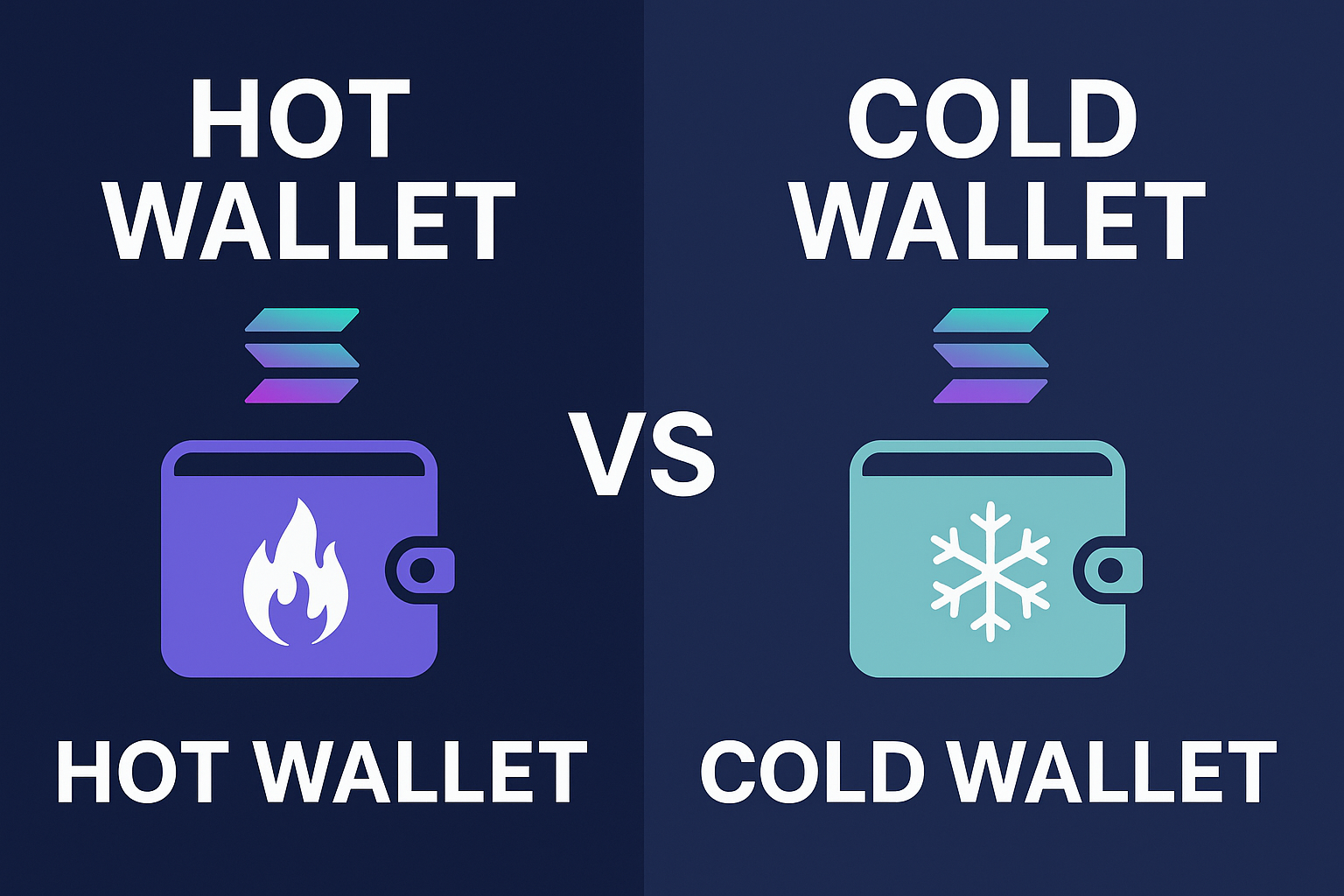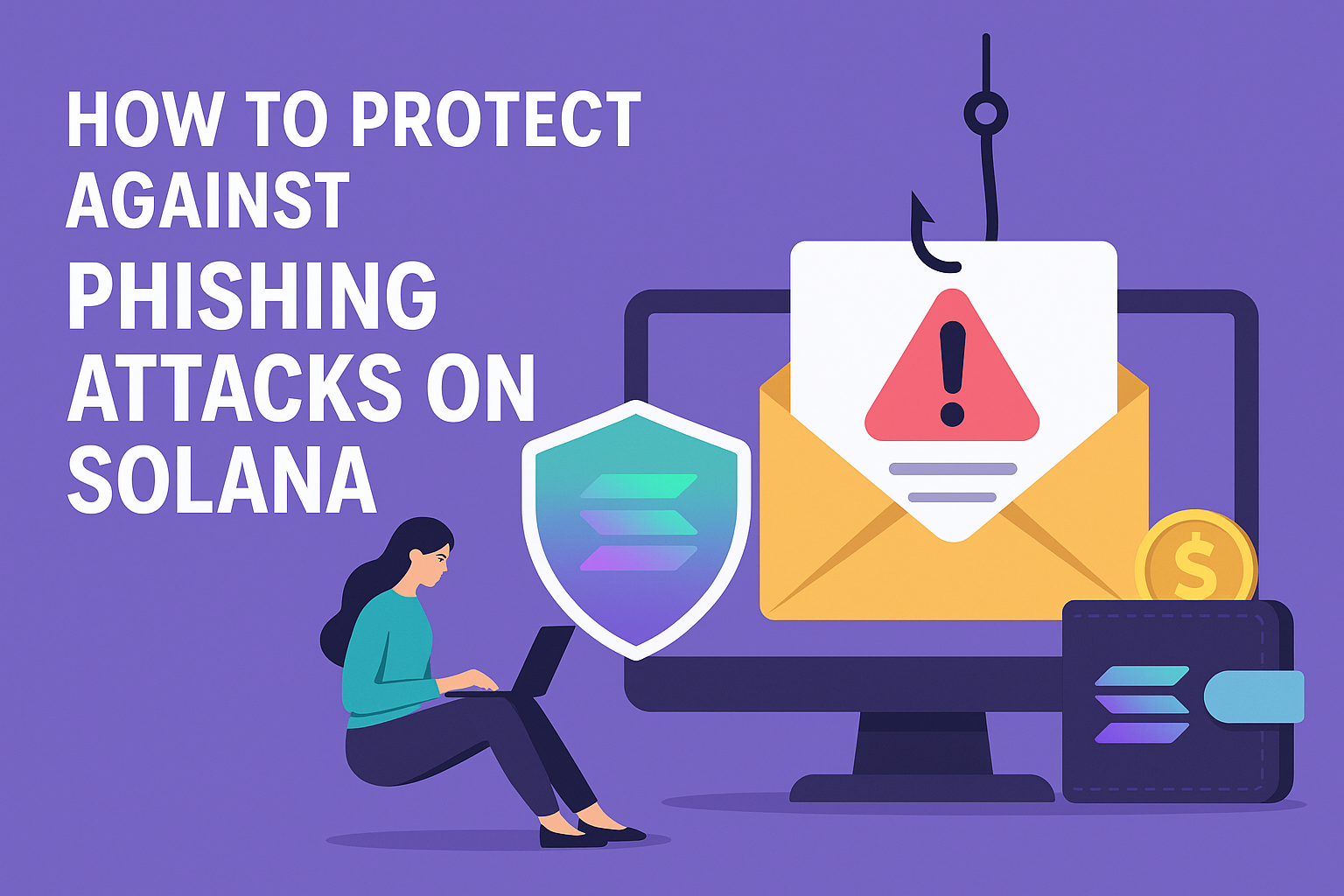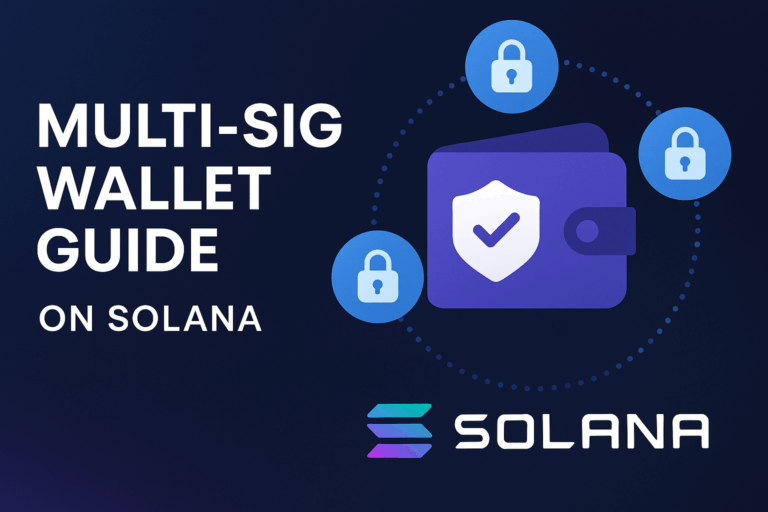Using Hardware Wallets on Solana
As the Solana blockchain continues to gain traction for its lightning-fast transactions and thriving ecosystem, security remains a top priority for investors and traders. One of the most reliable ways to secure your SOL and Solana-based tokens is by using a hardware wallet. In this guide, we’ll explore what hardware wallets are, why they matter, and how you can use them to keep your assets safe on Solana.
Table of Contents
What is a Hardware Wallet?
A hardware wallet is a physical device designed to store private keys offline, away from potential hacks or malware. Unlike hot wallets (mobile or browser-based), hardware wallets ensure your keys never leave the device, making them one of the most secure ways to protect cryptocurrencies like SOL.
Key Benefits of Hardware Wallets
- Cold storage security: Keeps your private keys offline.
- Phishing protection: Transactions are verified on the device screen.
- Multi-chain support: Many wallets support Solana alongside Bitcoin, Ethereum, and others.
- Backup & recovery: Seed phrase ensures funds can be restored if the device is lost.
Why Use Hardware Wallets for Solana?
While Solana wallets like Phantom, Solflare, and Sollet are convenient, they are considered hot wallets. By integrating them with a hardware wallet such as Ledger, you achieve the best of both worlds: usability and security.
Advantages Over Software-Only Wallets
| Feature | Hot Wallet | Hardware Wallet |
|---|---|---|
| Private Key Storage | Online | Offline (cold storage) |
| Phishing Resistance | Low | High |
| Accessibility | Instant via browser/app | Requires device connection |
| Best For | Daily transactions | Long-term storage |
Best Hardware Wallets for Solana
1. Ledger Nano X
The Ledger Nano X supports Solana and integrates seamlessly with Phantom and Solflare wallets. With Bluetooth capability and mobile compatibility, it’s ideal for both beginners and advanced users. (Ledger Official Website)
2. Ledger Nano S Plus
A more affordable option compared to Nano X, the Nano S Plus offers robust Solana support without compromising security. It’s recommended for users who don’t need wireless connectivity.
3. Trezor (Limited Solana Support)
Trezor devices primarily focus on Bitcoin and Ethereum networks. While Solana support is limited, third-party integrations may allow basic usage, though Ledger remains the more reliable choice.
How to Use a Hardware Wallet with Solana
Step 1: Buy a Hardware Wallet
Always purchase directly from the manufacturer’s website to avoid counterfeit devices. For Solana, Ledger Nano X or Ledger Nano S Plus are the top picks.
Step 2: Initialize the Device
- Connect your Ledger to your computer or mobile device.
- Set up a PIN and note down your recovery seed phrase.
- Install the Solana app through Ledger Live.
Step 3: Connect to a Solana Wallet Interface
- Phantom Wallet: Supports Ledger integration for Solana transactions.
- Solflare: Another recommended wallet with full Ledger support.
- Sollet: A more advanced option for developers and power users.
Step 4: Transfer SOL to Your Wallet
After setting up, you can safely transfer SOL from an exchange to your Ledger-connected Solana wallet. All transactions must be confirmed on the hardware wallet screen before being broadcast.
Best Practices for Solana Hardware Wallet Security
- Backup your seed phrase: Write it down and store it securely offline.
- Keep firmware updated: Ensure your Ledger device has the latest security patches.
- Avoid phishing: Only download wallet extensions from official sources like Phantom.
- Use passphrases: Advanced users can enable additional passphrases for added protection.
Common Questions About Using Hardware Wallets with Solana
Can I stake SOL with a hardware wallet?
Yes. Both Phantom and Solflare allow staking directly with a Ledger device, enabling you to earn rewards while keeping your funds secure.
What happens if I lose my hardware wallet?
If lost or damaged, you can restore your Solana funds on a new device using your recovery seed phrase. Never share this phrase with anyone.
Is a hardware wallet worth it for small amounts of SOL?
If you’re holding only small amounts for short-term trading, a hot wallet may be sufficient. However, for long-term investors or large holdings, a hardware wallet is highly recommended.
Alternatives to Hardware Wallets for Solana
If a hardware wallet isn’t an option, users can explore:
- Multisig wallets: Shared wallets requiring multiple signatures for transactions.
- Cold storage via paper wallets: Less convenient but still secure if managed properly.
- Custodial solutions: For institutional investors, platforms like Coinbase Custody offer professional-grade Solana storage.
Conclusion
As Solana’s adoption grows, securing your assets becomes more crucial than ever. By using a hardware wallet, you drastically reduce risks from hacks, phishing attacks, and malware. Whether you’re holding SOL for the long term, staking for rewards, or exploring Solana’s DeFi ecosystem, a Ledger device integrated with Phantom or Solflare ensures the highest level of protection.
Take control of your Solana investment today—get a hardware wallet, secure your keys, and enjoy peace of mind in the fast-paced crypto world.



Comments